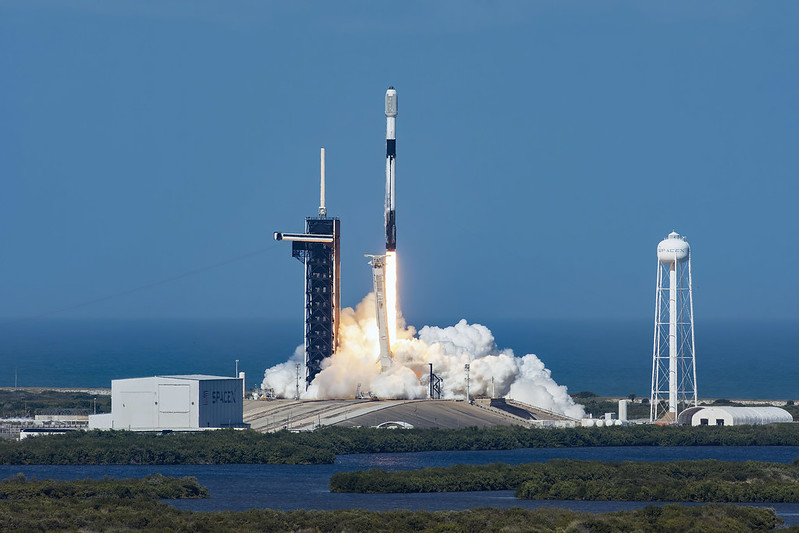A day after the launch from Launch Complex 39A at the Kennedy Space Center in Florida, a geomagnetic storm had hit the low-orbit satellites, causing the atmospheric density and drag to increase. It is reported that the storm was caused by intense solar flares originating from a four-hour sun eruption on 30 January, which was expected to reach Earth on 2 February. The Starlink satellites were still in safe-mode at the time, approximately 210km above Earth, and were unable to begin orbit-raising manoeuvres due to the atmospheric drag increasing by up to 50%. SpaceX said that 40 of the satellites have already re-entered or will re-enter Earth’s atmosphere because of the event. Thankfully, the aerospace company assured that the de-orbiting satellites pose no risk to other satellites or people on the ground. The space agency has apparently built the system with debris mitigation in place, which ensures that the satellites burn up when re-entering the atmosphere. SpaceX has been regularly launching up to 60 satellites at a time in low-orbit since 2019 for its Starlink satellite internet megaconstellation. (Source: SpaceX)
